If you’ve landed on this story, you might be curious as to what the best treatments for hooded eyes are. Let me first start out saying that all eye shapes are beautiful, and no one needs to change their features. Equally, if something bothers you, you are entitled to do something about it—zero judgement here.
As someone who has hooded eyes, I’ve come to love mine and I’ve really learnt the eye makeup techniques that best enhance my eye shape. That being said, as my hooded eyes are genetic, I’m noticing that their shape has changed as I approach my thirties—particularly around the outer corners, which fold over the crease of my eyelid more so now than they did before in my teenage years. When my eyes are rested, it can sometimes make me look tired—or even a bit cross—and doing winged eyeliner is nearly impossible on my eye shape now. Of course, we all notice things about ourselves that others would never spot, but I’m open to certain aesthetics treatments.
Way back when, treatments for hooded eyes were pretty limited aside from surgical procedures, but nowadays there are plenty of non-surgical treatments that can address patients who want to address their hooded eyes without the downtime that comes with surgery.
Curious to find out more, I asked Dr Daniel Ezra, specialist ophthalmic and oculoplastic consultant, Dr Sindhu Siddiqi, founder of No Filter Clinic and Dr Raj Acquilla on the best treatments for hooded eyes. But first, what exactly are hooded eyes, and what causes them?
Hooded eyes can be genetic or due to ageing, says Dr Siddiqi. “You get heaviness of the upper eyelids and a very small lid space which can make it harder to wear eye makeup. It refers to the drooping over the eyelid or brow bone, this can cause the eye to appear smaller and can create a tired appearance,” she says. “Hooded eyes are a common facial characteristic and tends to become more distinct as we age. The skin around your eyes is the thinnest in your body, so it is the first area to show signs of collagen loss.”
Hooded eyes can be caused by many factors including genetics, ageing, excess skin or fatty tissue on the upper eyelid, medical conditions (such as thyroid disorders or ptosis), can cause hooded eyes, explains Dr Siddiqi.
Whatever treatment you are considering, it’s important to seek a doctor who is adequately qualified and experienced to ensure both a safe and effective treatment. “The most important thing to be aware of when choosing an aesthetic practitioner is that they are fully qualified and a registered medical professional,” says Dr Siddiqi. “The key regulatory bodies for medical practitioners are the NMC for nurses, GMC for doctors and GDC for dentists. If they are not on the register, you have no way of knowing for certain they are appropriately qualified.
She also advises looking at their work on social media, reading reviews and asking for recommendations via word of mouth. “Do all the research you can and go for a consult only (without treatment) the first time if you can. It is much better to talk through your concerns, be properly assessed and have some time to think about the treatment before investing in it,” she says.
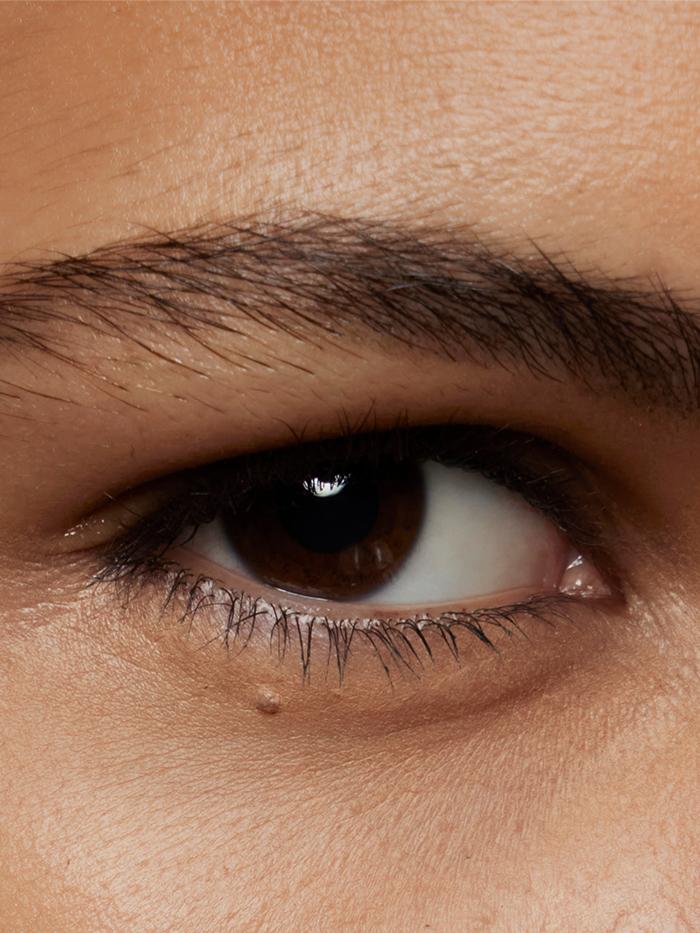
What is it and how does it work?
While there are several non-surgical treatments out there, depending on the cause of your hooded eyes, the most effective procedure is usually an upper lid blepharoplasty, explains Dr Ezra. “Depending on an individual case, sometimes the combination of both upper blepharoplasty and a brow lift is required to achieve the optimal result.
“Upper lid blepharoplasty involves removing excess skin and fat from the upper eyelid area that causes eyes to have a ‘tired’ look. The procedure requires making an incision along the natural crease of the eyelid, removing excess skin and fat, and tightening the muscles and tissues in the area. The incision is then closed with sutures.”
Who is it best for?
“Most patients who undergo upper lid blepharoplasty operations are 35 or older, however, if hooded eyes are genetic, or if excess skin is obstructing your vision, you may benefit from having the procedure sooner. When performed by an experienced surgeon, the risk of adverse side effects is minimal,” he says.
How long do results last?
Surgeries addressing hooded eyes can provide long-lasting results, but they are not necessarily permanent, explains Dr Ezra. “While the results of these procedures can be quite dramatic and last for many years, they are not immune to the effects of ageing and the natural changes that occur in the body over time.”
Is there any downtime?
“The recovery period after treatment is quite minimal, with most patients being able to return to work after one week. In the week after surgery, patients are given a thick antibiotic ointment to place in the eye which blurs the vision,” he says. However, working from home can be undertaken the next day and may be preferable for some patients. “If your work involves any heavy lifting, it is advisable to rest 1-2 weeks before returning to your job. After three months, the eyelid should be completely healed.”
Typical Cost: From £7,000
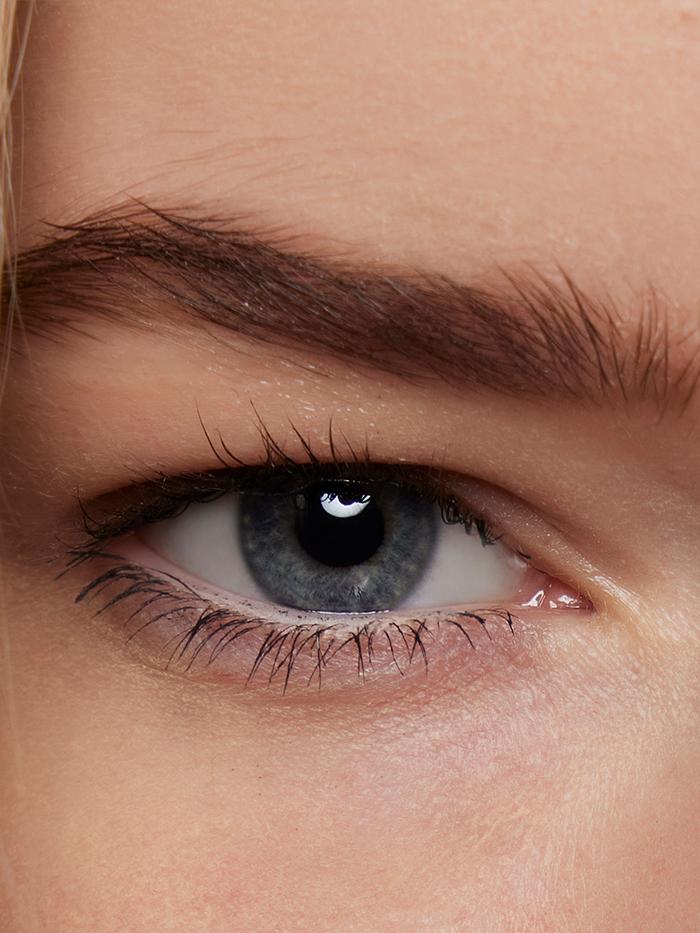
What is it and how does it work?
“Sofwave is the latest ultrasound-based machine that tightens skin and is particularly good for the tricky eye area,” says Dr Siddiqi. It uses ultrasound technology to lift the eyebrow and lids by up to 5mm.
“You get an immediate lifting effect from this, and the heat also triggers a stimulation of collagen and elastin which continues to further lift and tighten the skin,” she says, explaining that its very safe around the eyes, unlike other HIFU ultrasound devices which can melt fat in the eye area, which can give an aged appearance to the eyes. In her clinic, Dr Siddiqi likes to pair this treatment with NFCT (more on that ahead).
Who is it best for?
“This treatment is great for patients looking for a natural instant lift, smooth wrinkles, and a boost of collagen in the eye area,” she says. “This protocol is a safe treatment for almost all patients with skin laxity of the face, there are very few contraindications, but those who are pregnant and/or are breast feeding should avoid. For patients that have excess skin on their upper eyelids we would advise surgical intervention instead as they may not get enough of an improvement with Sofwave, it cannot get rid of extra skin. Sofwave is best for skin that has aged and has laxity. If you have genetically heavy lids, then other treatments may be more suitable.”
How long does it take to see results?
“Results can be seen as soon as one week after treatment, with improvements continuing for up to six months post,” says Dr Siddiqi.
How long do results last for?
“Most people enjoy the effects of Sofwave up to one year, with maintenance top ups recommended annually,” she says.
Is there any downtime?
“There is very minimal downtime associated with this protocol treatment, most patients can return to their routine immediately after treatment. If you have sensitive skin, you may experience redness that typically lasts until the end of the day. One of the best things about Sofwave compared to other energy-based devices is that it has no downtime, you can wear makeup immediately after. And you only need one session which perfect for busy individuals.”
Typical Cost:
£800 for Sofwave brow lift
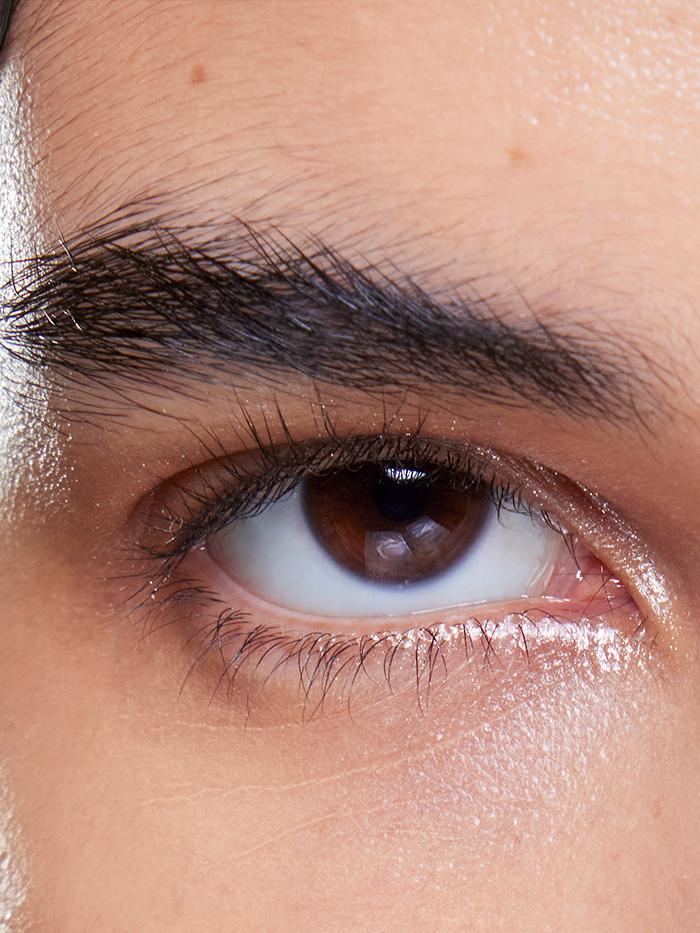
What is it and how does it work?
“NCTF is a type of mesotherapy which involves injecting the area around the eyes to rejuvenate it. It contains hyaluronic acid for hydration and antioxidants, amino acids, glutathione, vitamin C and E to stimulate fibroblasts and rejuvenate the skin,” says Dr Siddiqi. “When used in combination with Sofwave, the results are a brightened eye area, giving the face a more rested and rejuvenated look.”
Who is it best for?
“This treatment is mostly for the under-eye skin, but we can use it under the brows if there is dehydrated skin here as well,” she says.
How long do results last?
Dr Siddiqi says that NCTF is advised every 3-4 months to keep up the results.
Is there any downtime?
The small bumps with NCTF treatments subside by the end of the day.
Typical Cost:
£600 for three sessions of NCTF
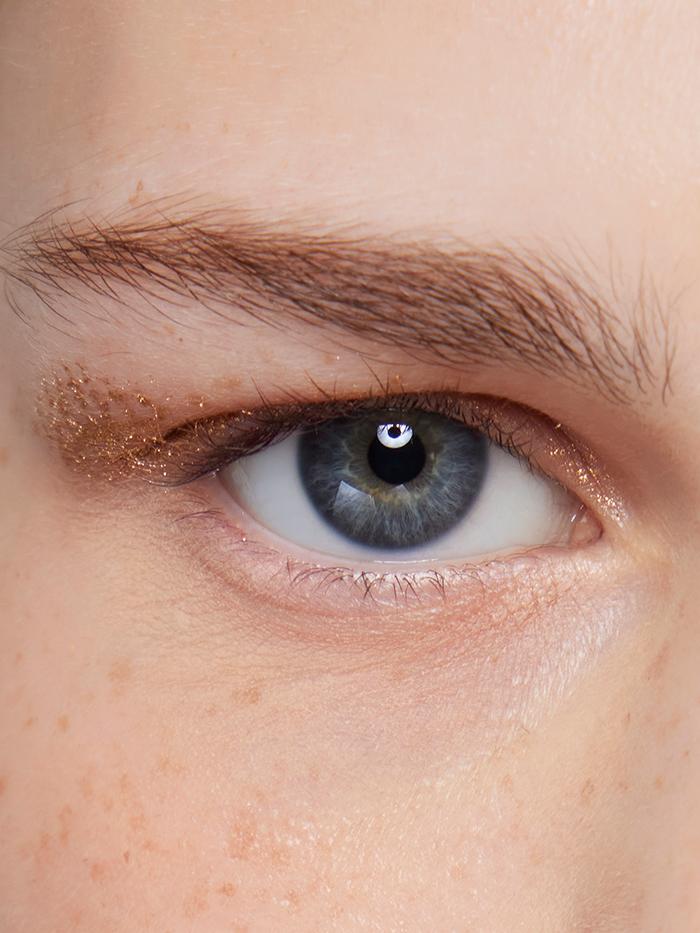
What is it and how does it work?
“Botulinum toxin [AKA, Botox] in microdoses in facial aesthetics interferes with the communication between the nerve ending and the end target—in this case, the facial muscles,” says Acquilla. “Low doses in the frontalis procerus corrugator [the muscles that lift the brow] and orbicularis oculi muscles [the eyelid muscle] create stretching of the skin, improved skin quality, eyebrow lifting and an appearance of rested-ness and wellness in the eye and periorbital regions,” says Dr Acquilla.
Who is it best for?
I had a Botox treatment with Dr Acquilla last year who, who told me that it’s ideal for elevating the brow and thus opening the eye area. The results are not permanent, which give you flexibility to continue with treatments if you like the results or stop.
How long do results last?
You can start seeing results after two weeks, andDr Acquilla says that results can last up around three months. However, if you have an expressive brow area, you may find this wears off more quickly. To maintain the results you will need to have top-ups.
Is there any downtime?
There is virtually zero downtime, however, it is advised to avoid saunas, exercise and drinking alcohol, but these can be resumed 24 hours after the treatment.
Typical Cost:
This will vary between how many areas treated, the clinic location and the expertise of the practitioner, but my appointment with Dr Acquilla in London would average around the £300-£400 mark for three treatment areas.

Not ready to try and tweakment? There are some great temporary solutions that can be done at home to lift and open up the eye area, as well as great anti-ageing skincare that will help keep the skin around your eyes looking its best.
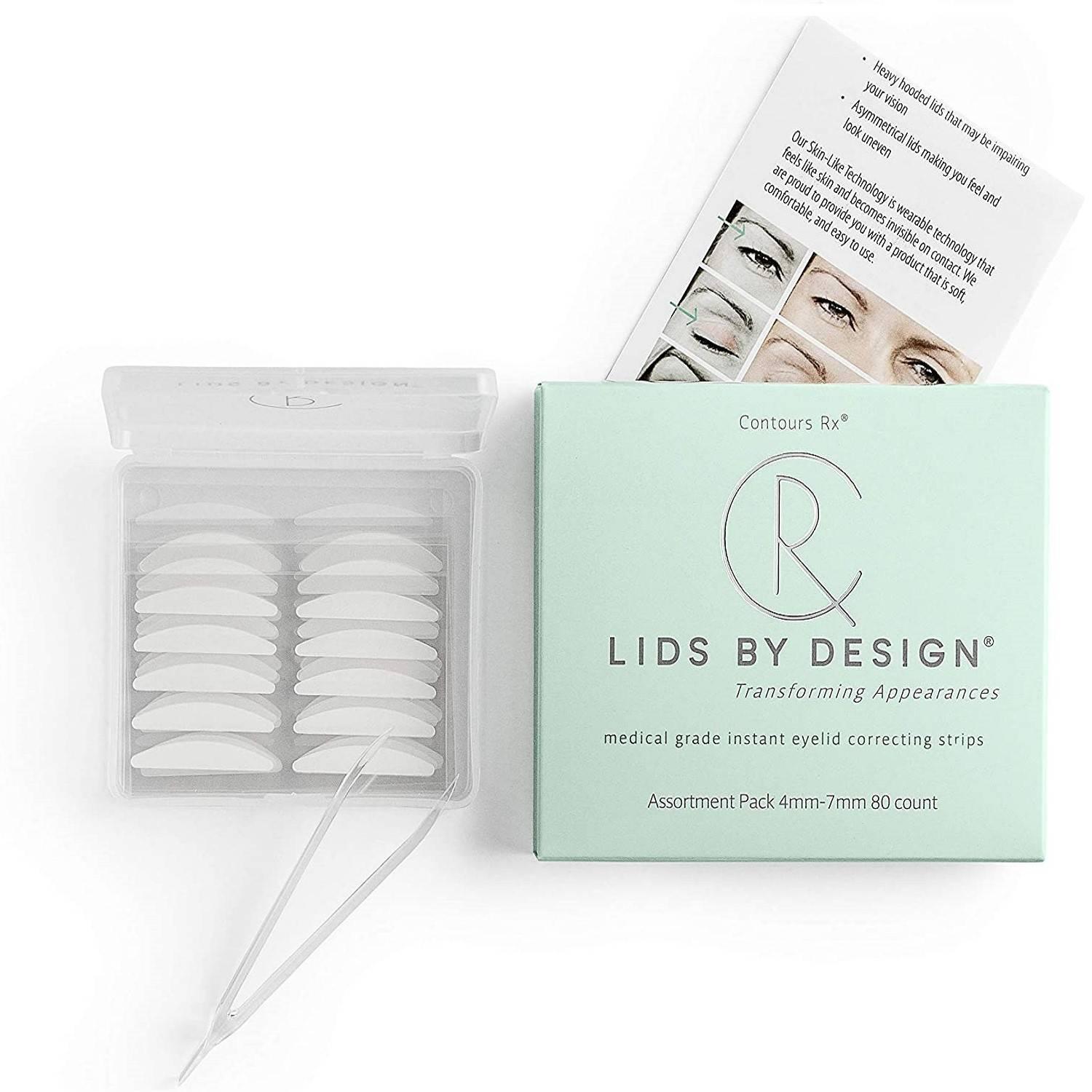
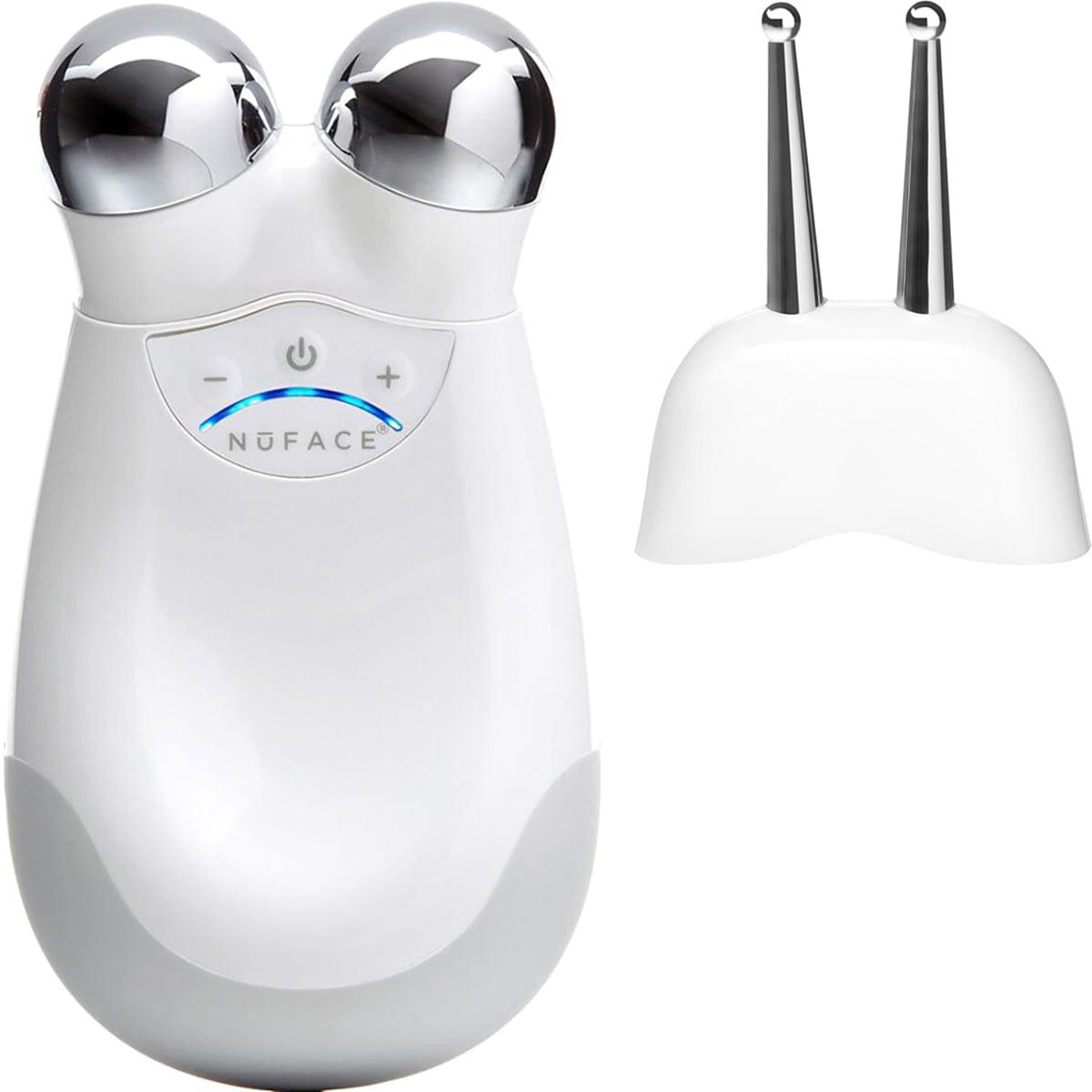
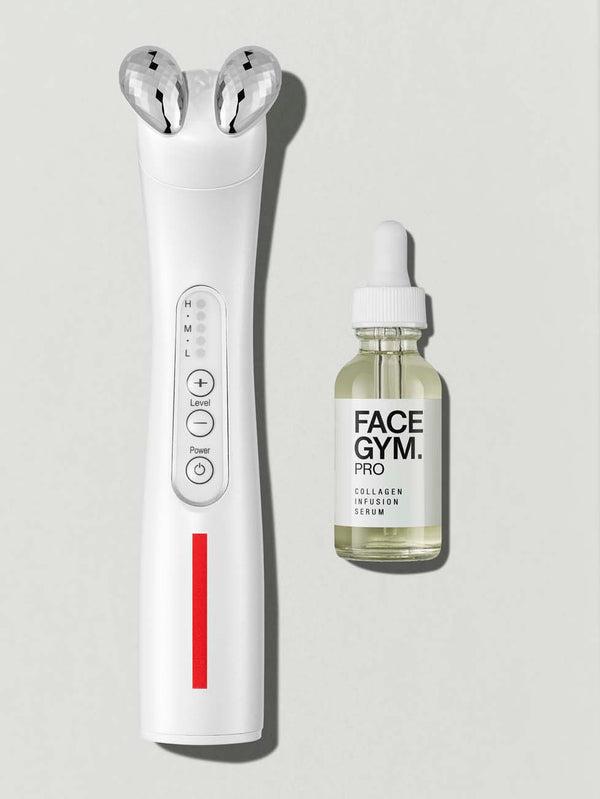
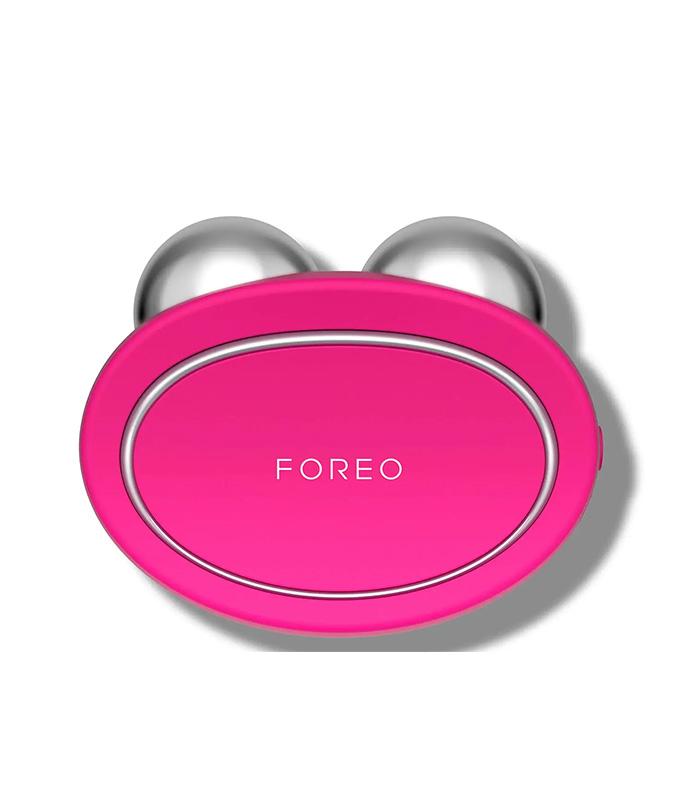
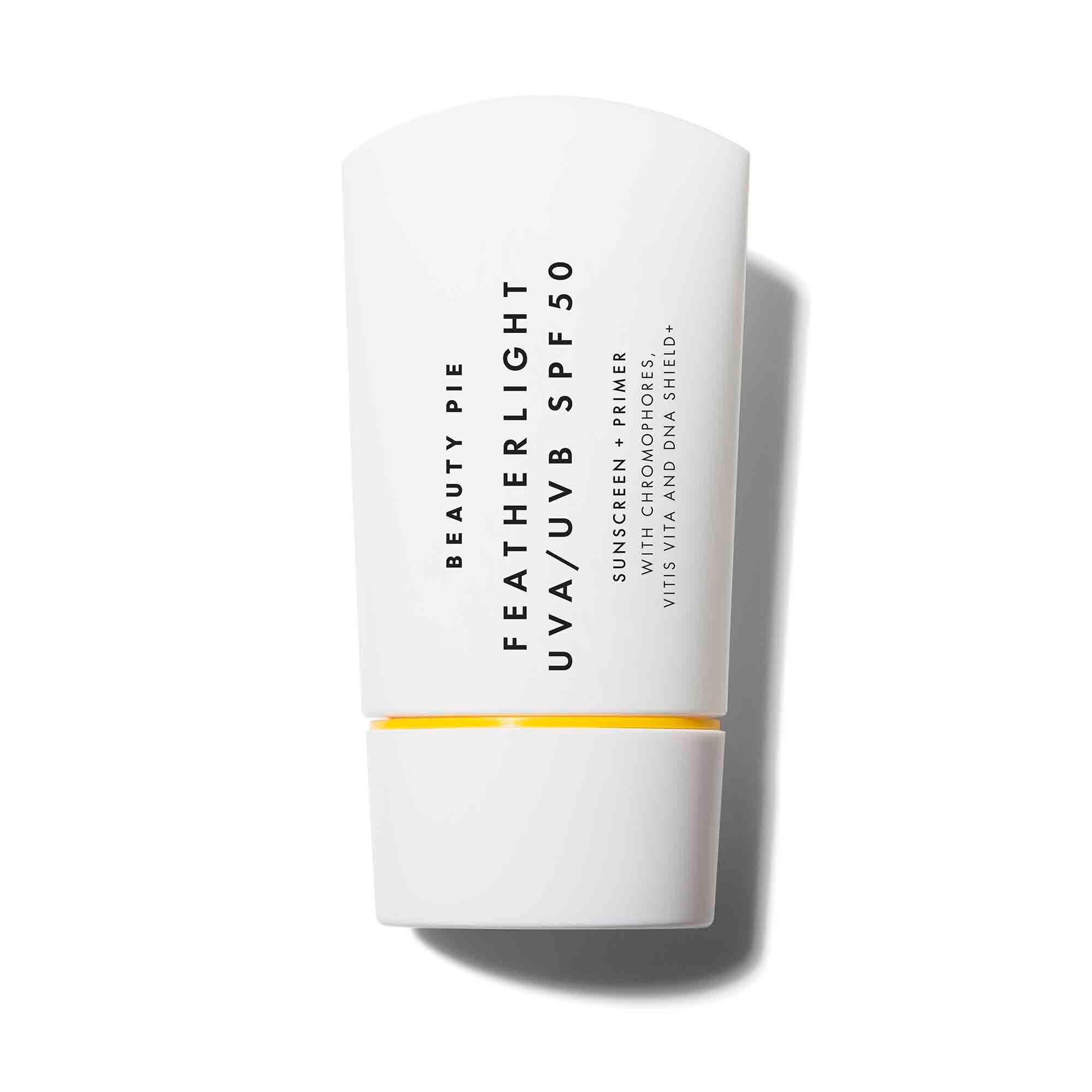

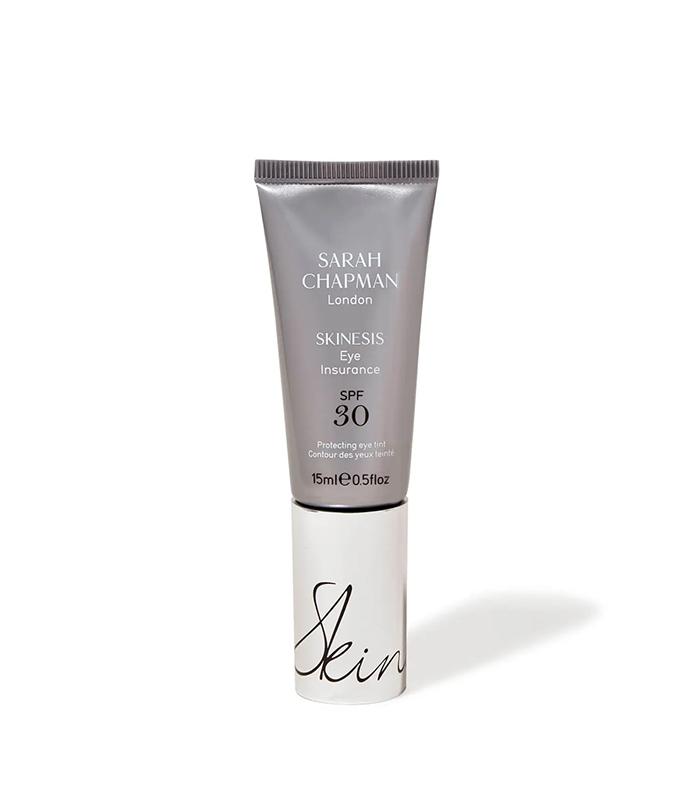
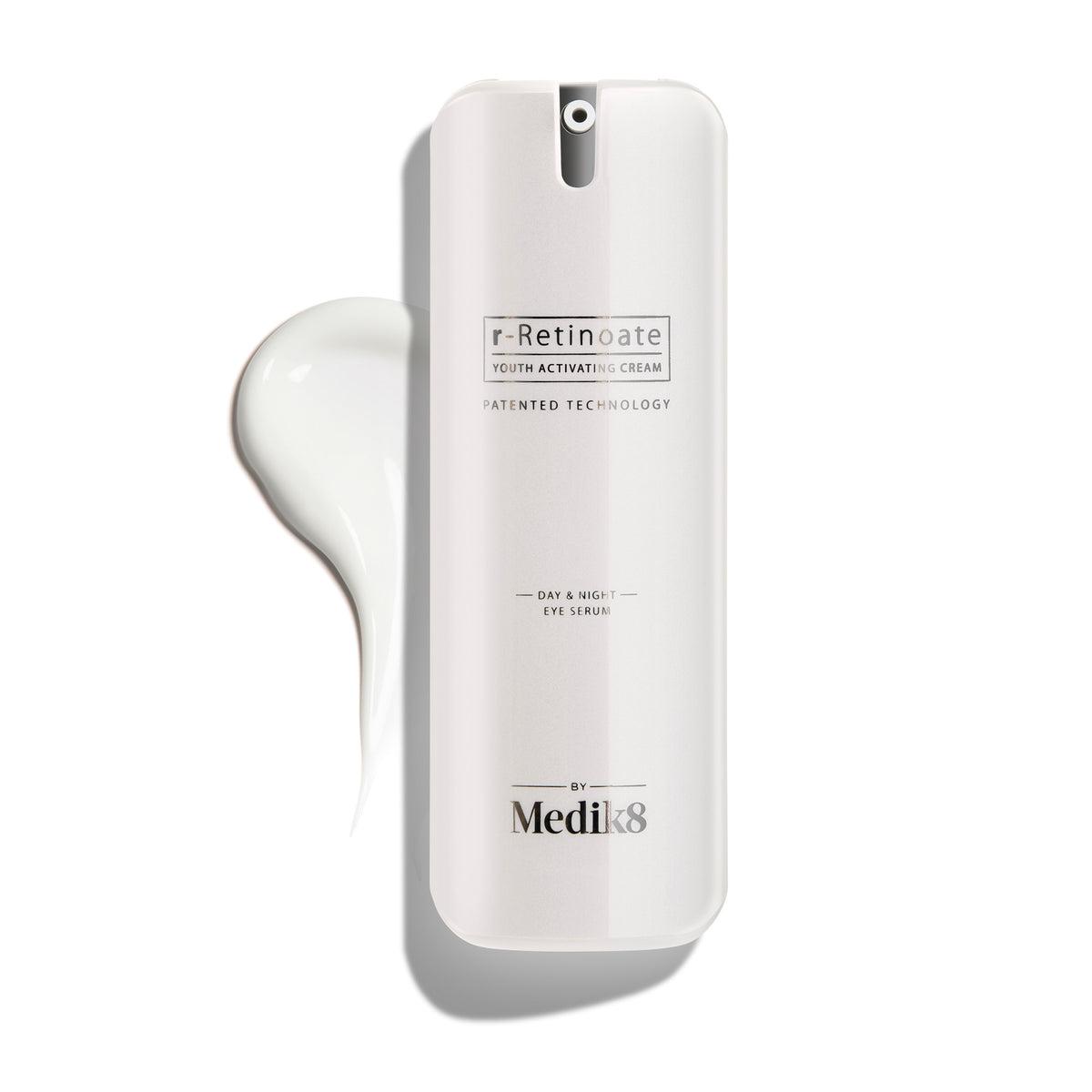


Up Next, A Makeup Artist Just Showed Me How to Avoid These 5 Common Mistakes

